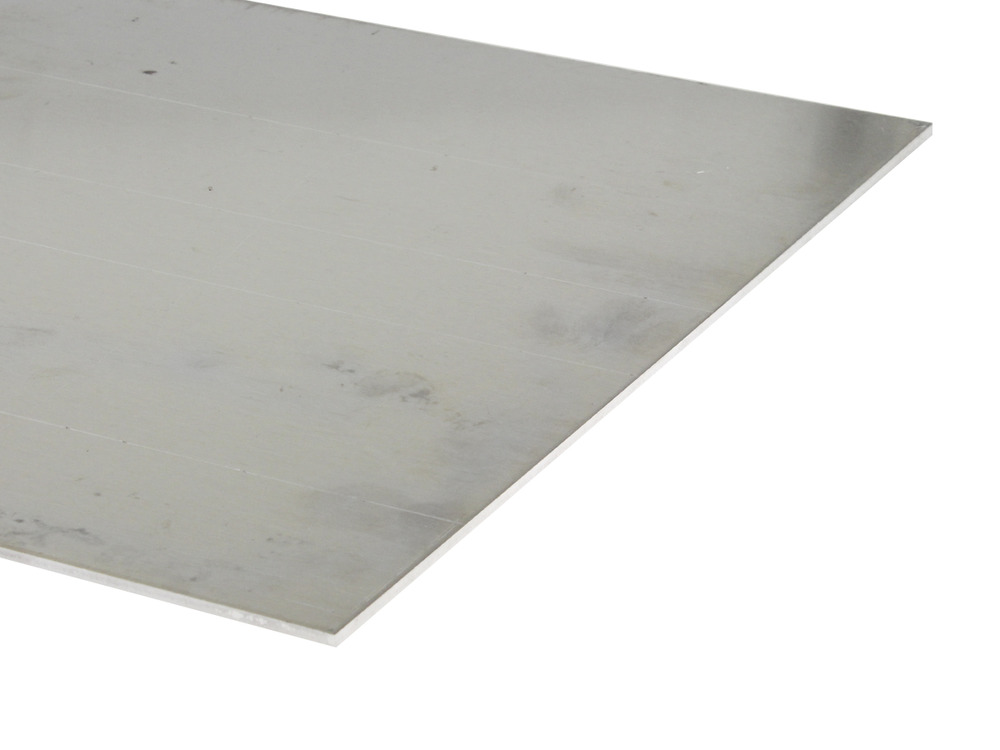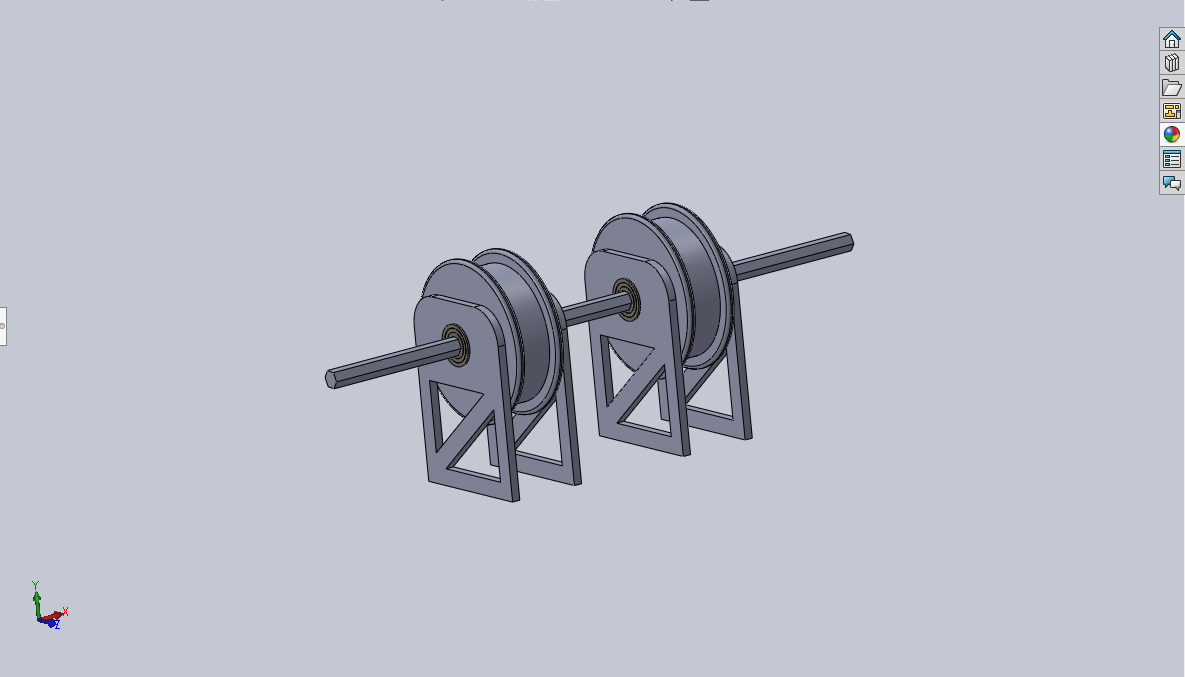Sheet Metal#
Using sheets of metal to construct your robot.

Overview#
- Sheet metal, is a large sheet of metal, that is typically cut into smaller pieces, or intricate shapes to be used
- Most sheet metal used in FRC is aluminum because it is, light, easy to cut, and strong (We buy 6061 Aluminum)
- Sheet metal makes up most custom parts on the robot, like brackets, plates a
- Sheet metal is measured and sold by Length, Width, and, Thickness
See table of contents for a breakdown of this section.
Size#
- The Length and Width of sheet metal you buy should be based on how you will cut it out
- If you have a router, it is normally the most cost effective to buy the largest sheet that will fit on it
- The thickness of the sheet metal varies based on what its use is on the robot
- Some common thickness include
- 1/16th" (0.0625") Which is not structural, and can be easily bent, however bending can also to form different parts as well
- 1/8" (0.125") Which can be used for low stress structual parts, and can also be used to bend into different parts
- 3/16" (0.1875") Which is structual and can be used for many applications, but does not bend very easily
- 1/4" (0.25") Which is very structual, and is typically used on parts of the robot that must remain very rigid, they are commonly used as gearbox plates because standard FRC hex bearings are .25" thick so they mount flush
Warning
The thicker the sheet metal, the heavier it is, making it important to lightweight, meaning to pocket or cut out sections of the material, that do not provide structure or purpose
 We most commonly uses 1/4", and 1/8" sheet metal
We most commonly uses 1/4", and 1/8" sheet metal
Fabrication of sheet metal#
- Sheet metal is very versatile and can be cut, or bent to create many uses
Cutting sheet metal#
CNC#
- Sheet metal is typically cut with a CNC, cutters like Routers, Mills, Water Jets, or Laser Cutters (We like amny other FRC teams use a Velox CNC router)
- Sheet metal is cut on CNC cutters, by creating a toolpath using CAD files for the machine to trace and give yu your parts
- CNCs can also cut out pockets, or holes in the center of your parts as well
- The thicker the sheet metal, the more difficult it is to cut, it is important to know the limits of your machine
Saws#
- If you or your team does not own a CNC Cutter, you can cut parts out, without CAD, by hand using different kinds of saws, but it will not be accurate like the machines cut
- Sheet metal is commonly cut out by Horizontal Bandsaws, Jigsaws, and Circular Saws
- These saws can cut out th edges of the part, but you will need to mark out and drill by hand andy openings on the inside edge
Bending sheet metal#
Thinner sheet metal, like 1/16" and 1/8" can be easily bent into different shapes that can be helpful to create certain parts
- You can bend sheet metal, with a hand operated Metal Brake, or you can bend it with a CNC Break press, if your team has one
- Sheet metal you wish to bend, is normally a different type of Aluminum the 6061, because it is brittle and may crack if bent too far (On 3255 we bend 3003 aluminium)